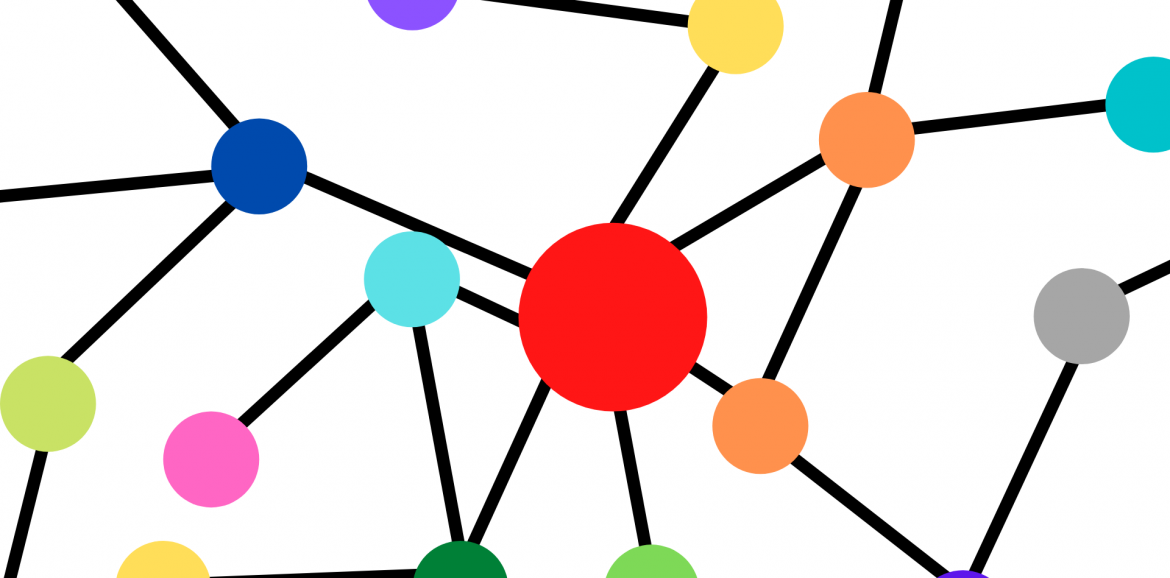Opportunity Through Analytics
Analytics are a huge part of the national conversation when discussing business today, and for good reason, analytics let businesses know what they’re doing right and where they could improve. For non-profit organizations and government agencies, the same is true. They tell the truth about what is and has happened, in hopes of achieving a mission and improving the lives of those they serve, but in most cases, non-profits and other service organizations never see the results of their efforts. This makes it difficult for them to know if they need to update how they serve their clients or if what they’re doing is having any impact. Without data, they can only guess.
The third tier of the Project Maslow mission is to use collected aggregate data to improve programs and services, and to study what steps can improve a client’s outcome. This means that clients who receive services will either maintain or show a change over time. Though Project Maslow only shares information that is based on statistics, and never identifies the people that provide the data, it is continuously fed information about the same people as they progress. As this happens, we can see how services affect the lives they touch, for as long as recipients update their profiles. Since we also provide the opportunity for program recipients to offer feedback, we can directly share service update comments and requests with the organizations that support our clients.
We also offer aggregated statistical data to research organizations, for the purpose of studying behavior and trends. Project Maslow uses these results to update our own Hierarchy of Needs Algorithm to create more accurate and productive path recommendations.
It is our promise that we will not share any data that directly identifies any individual, without that person’s direct consent, and for research purposes, we will not share identifying data at all.

